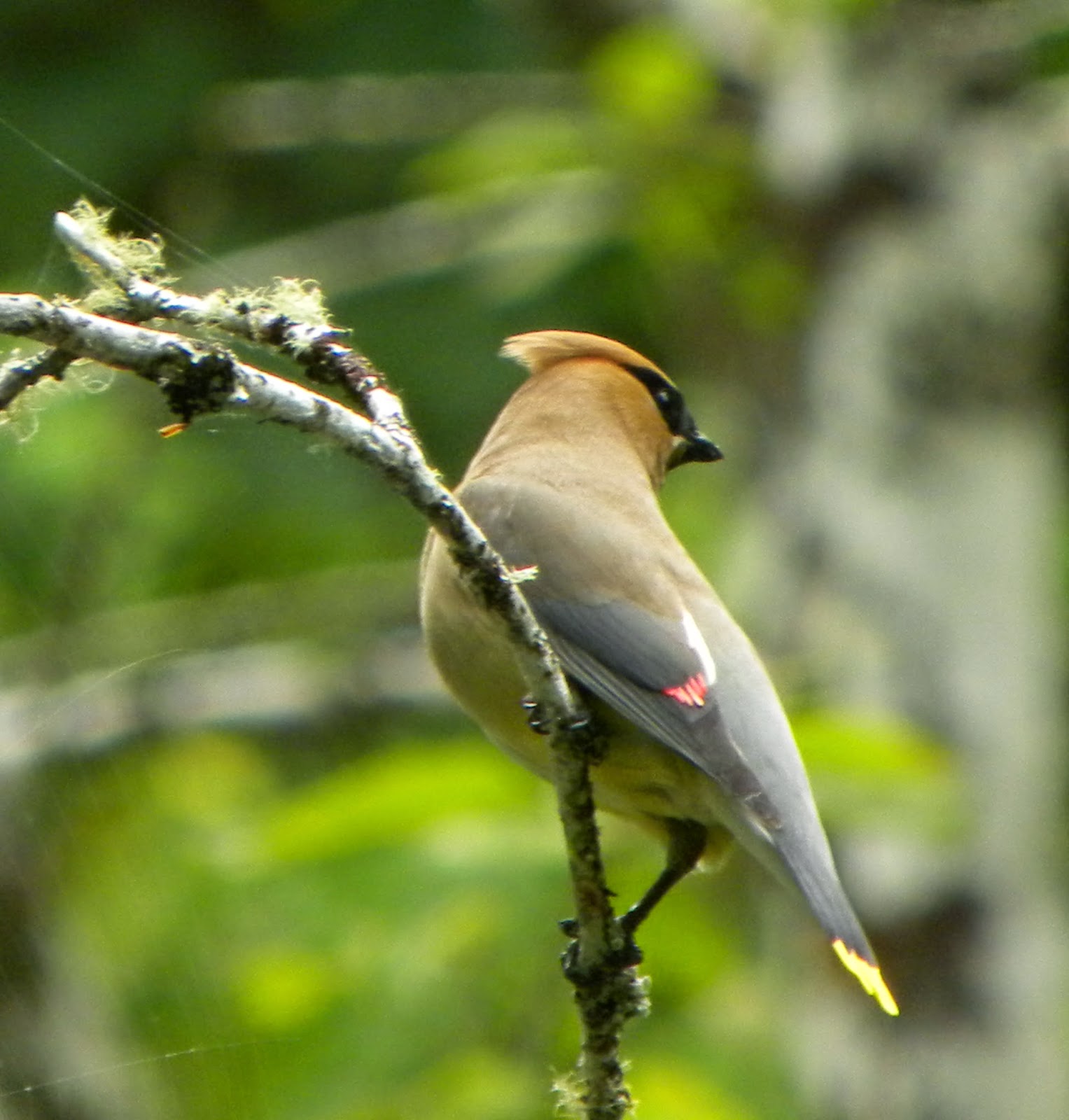Mollusks: Gastropods (snails and slugs)
Pacific Sideband Snail... Monadenia fidelis
Oregon Forestsnail...
 |
| The Oregon Forestsnail (all one word) , Allogona townsendiana, |
The Oregon Forestsnail, a mollusk, is partial to Bigleaf Maple areas and nettles. We have plenty of both in our woods and lots of these snails. They are a species at risk in Canada due to habitat fragmentation.
Another mollusk, Ariolimax columbianus, Banana Slug, is common in our woods.
 |
| Banana Slug, Ariolimax columbianus |
These small snails are numerous in Agency Creek on our property.
These tiny red aquatic creatures are copepods, a crustacean. They
appear in seasonal ponds and disappear when the ponds dry up. They
become numerous in our seasonal horse pasture pond.
A larger crustacean lives in our creek... crawfish/crawdaddy/crayfish... and more names...
Spiders are arachnids, another non-insect invertebrate. There were lots of these little black spiders running around the top of the water and the mud next to it on our seasonal pond on March 24. BugGuide.net says they are some species of Wolf Spider, Pardosa genus. My photo is too poor to tell anything closer.
 |
| Thin-legged Wolf Spider, Pardosa sp. |
Lots of these Flower Spiders on flowers in the garden and fields.
 |
Goldenrod Crab Spider, Misumena vitia
|
 |
Araneus nordmanni
Orb Spider |
The Black and Yellow Garden Spider is big and beautiful
 |
| Black and Yellow Garden Spider... Argiope aurantia |
Diplopods (Millipedes)
























































